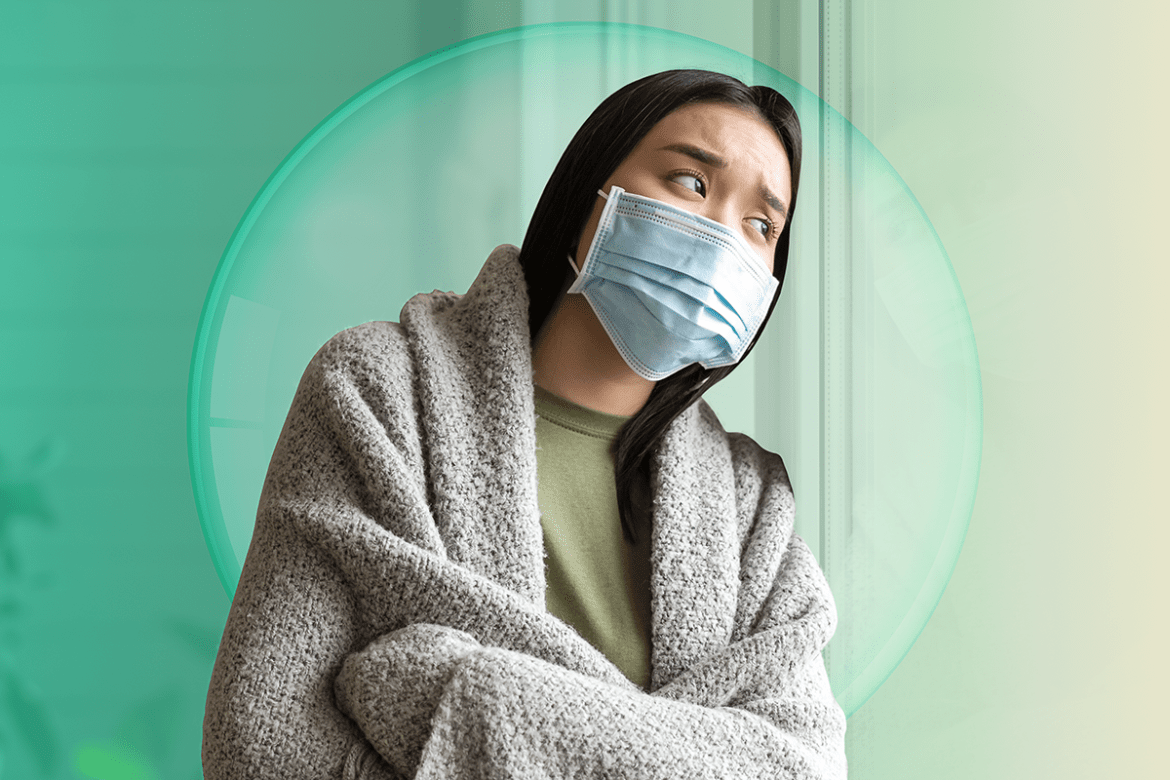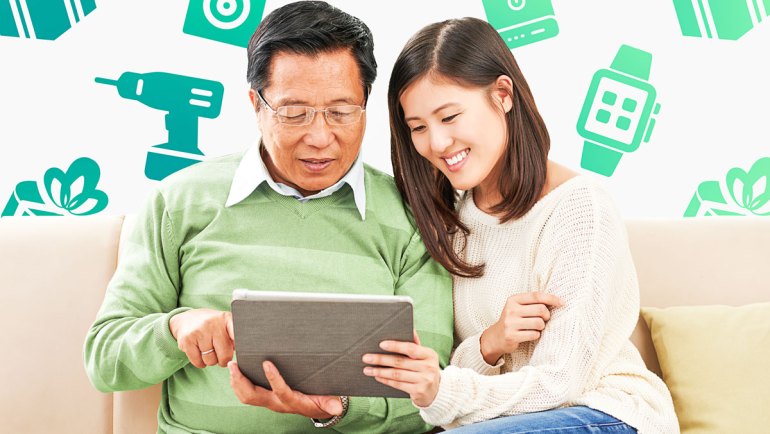As NCR is in alert level 3 and cases are increasing, quarantine facilities and hospitals are quickly getting filled up with COVID-19 patients.
The latest variant, Omicron, spread incredibly fast as the Philippines hit a whopping 17,220 single-day recorded number last January 6, 2022. This is a huge jump from numbers before Christmas of 2021.
[show_more more=Continue_Reading less=Read_Less]
Given the surge, it’s best to be prepared to face a potential case when you or one of your loved ones suddenly fall ill to the virus. If symptoms are managed, the patient can quarantine at home but you’ll need to enact a strict protocol to ensure that everyone else in the house becomes protected and life is well managed for both the infected individual and the healthier ones.
ISOLATE ASAP
The first thing you need to consider is how to properly isolate the patient within the house. According to IATF and DOH guidelines, if a patient tested positive but have mild or no symptoms, they may opt to be quarantined at home provided there’s enough space to do so.
Best-case scenario is if you have a separate lot or space that you can use as a quarantine facility of your own, but let’s face it, not a lot of people have the luxury of having 2 houses. So, the next best thing is to look for a room that can be used by the person as his living quarters for the next 10-14 days.
The ideal room would have access to its own bathroom and at the very least a window so you can have fresh air circulating around. If not, then you may need to create a stricter schedule for everyone involved so that you lessen interaction.
Remember, the rule of thumb is to keep infected individuals in just one place until they recover and make sure they do not have any interaction with anyone else inside the house.
If you live alone then you should be absolutely fine and can go about your day as you usually would. The difficulty with Covid arises when you have a lot of people living in one household as you want to minimize infection rate as much as possible. Once you have the patient secured in their isolated room, you’ll need to prepare a couple of items.
Make sure you have the proper gear in place
Make sure you have the following items within your homes:
- Disinfecting materials (i.e. alcohol, disinfectant, disposable garbage bags, tissue)
- Thermometer
- Oximeter (Important to make sure patient’s oxygen levels are stable; if it drops to 80, call a doctor immediately)
- Medicines for cold, sore throat, coughs, fever
- Vitamins and Supplements
- Extra Water Jug
- Extra masks
Leave the thermometer, alcohol, wipes, tissue, garbage bags and oximeter with the patient. They’ll need this to monitor their vitals every day.
Medicine only as needed to only alleviate discomfort from symptoms. The crucial thing is to give the body a fighting chance to overcome the virus and that means lots of bed rest, water and a daily dose of vitamins.
In some cases, the patient may tend to overdose on Vitamin C, Zinc, and Multivitamins. And while that can be okay for a time, it’s not recommended for a prolonged period.
According to some recovered patients, a good dose of Vitamin C + Zinc, Vitamin D, B-Complex is enough to help them recover. The main idea is to keep the immune system up and running. If the patient has been vaccinated, the rate of recovery improves tremendously.
Disinfect areas where the patient may have been during the day with disinfectant or alcohol spray. This is crucial especially if patient needs to use a common room like a bathroom or dining area.
For food, it’s best to just hand the patient their breakfast, lunch or dinner outside their door and pick it up once they’re done eating. This way, you really ensure that you have as little physical interaction with the patient as possible.
TIP: Ask the patient to spray the finished food tray with alcohol before leaving it out to collect. For the ones picking it up, always mask up when handling anything from the patient. You may also opt for disposable trays and utensils but make sure to dispose them properly so you can limit the spread any virus from the patient.
Stick to a schedule to keep everyone isolated
Once you have everything in place and everyone knows their route, it’s best to stick to a schedule during the quarantine period. Example, patient can use the bathroom twice per day at certain times only.
If they stick to this time allotment, then everyone can keep away from everybody. This clockwork, almost automated schedule, also helps create a pattern for the patient and those taking care of them.
The pattern helps break tasks within the day and in a way may help the patient look forward to the final day of recovery. Remember, if you’re isolating in a small space, time goes by so excruciatingly slow.
So, a breakdown of the day helps the mind feel like they’ve accomplished certain tasks at hand (even if it’s just being able to take your vitamins and medicines in time) and may help ease their isolation.
Constant monitoring of patient (even remotely)
As the patient is isolated, it’s best to check on them from time to time. And while we do not advise to do this face-to-face, the beauty of technology means we can so remotely – through videocalls, messenger chat and telephone calls.
Even within the confines of one’s home, doing routine video call gives them a glimpse of the outside world and keeps them connected. You can also remind them to check on their vitals like temperature and O2 levels.
Going back to the point above, they can also include temperature and O2 monitoring as part of their daily schedule. Monitor at least twice a day.
You can even ask them to chart the progress as well and put it in writing (or an excel sheet). You can also schedule a teleconsultation with various doctors as well to get a better diagnosis of the patient’s recovery.
Don’t panic but don’t be complacent
The last tip is to remember that majority of COVID-19 cases end up in full recovery. If you have your home protocols in place, you should be fine for the most part. Still, it’s best to be strict and vigilant and make sure no one else develops any symptoms.
The idea is to track everyone’s movement and limit various point of contact so you can also limit any possible chance of infection. Continue to monitor the situation for the next few days and once you’re comfortable with the system in place, trust that things will work out for you.
With constant communication, a sturdy system of isolation, social distancing, using alcohol, handwashing and wearing of masks, you should be able to weather any COVID storm if and when it hits your household.
We hope everyone is keeping safe in these trying times. If you need to call the Emergency COVID hotline, this is the number setup by the Department of Health: 02-894-COVID (02-894-26843) and 1555.
Keep your loved ones connected even in isolation by ensuring they have constant and hassle-free access to reliable internet like with the Smart Bro Home WiFi 5G that can power up to 10 device with Smart’s fastest 5G Internet connection.*
Smart grants free calls to government hotlines and free access to website of relevant government agencies. For more info visit: https://smart.com.ph/Pages/stay-smart
*Q1-Q2 2021 Fastest 5G Signal according to Ooklah and OpenSignal
[/show_more]



